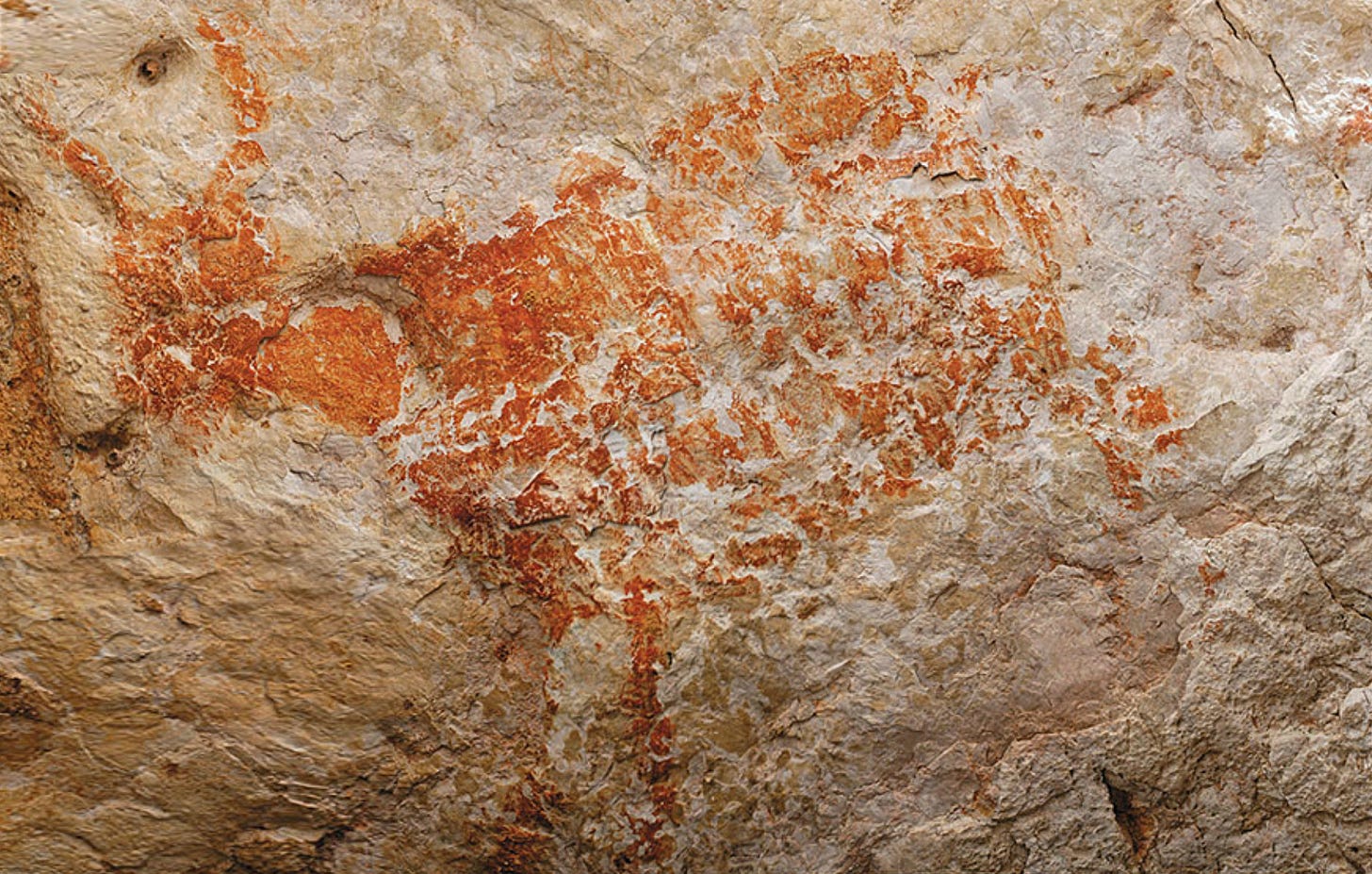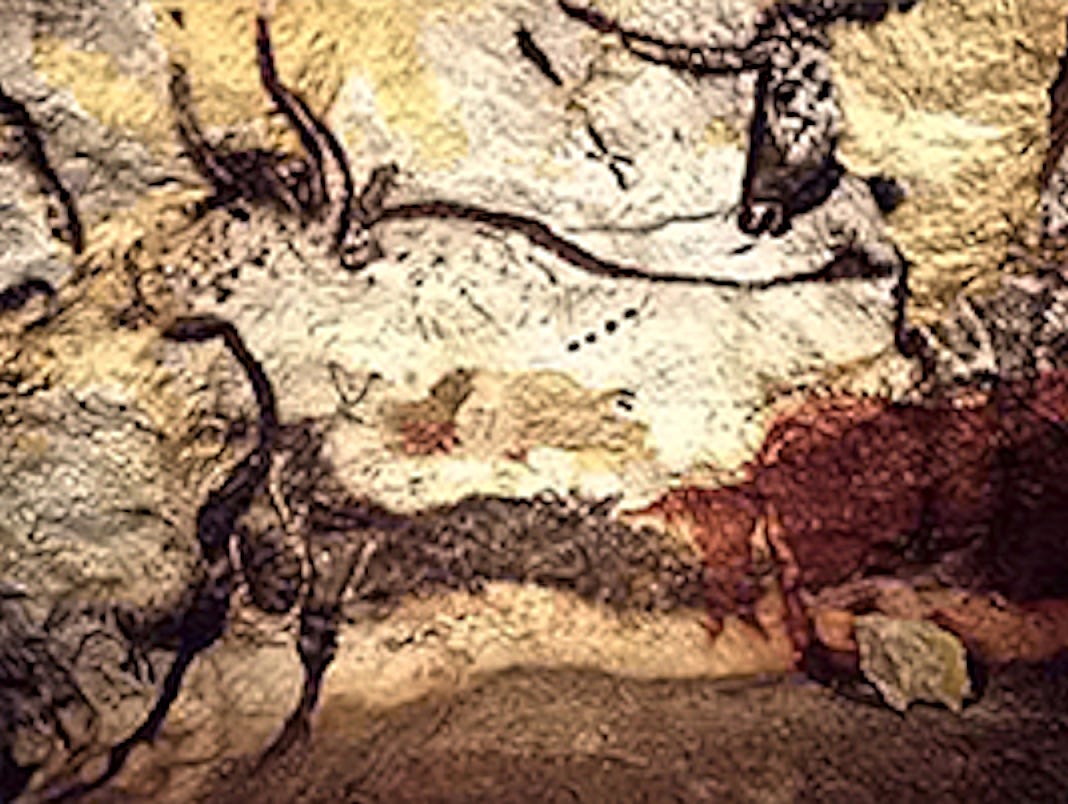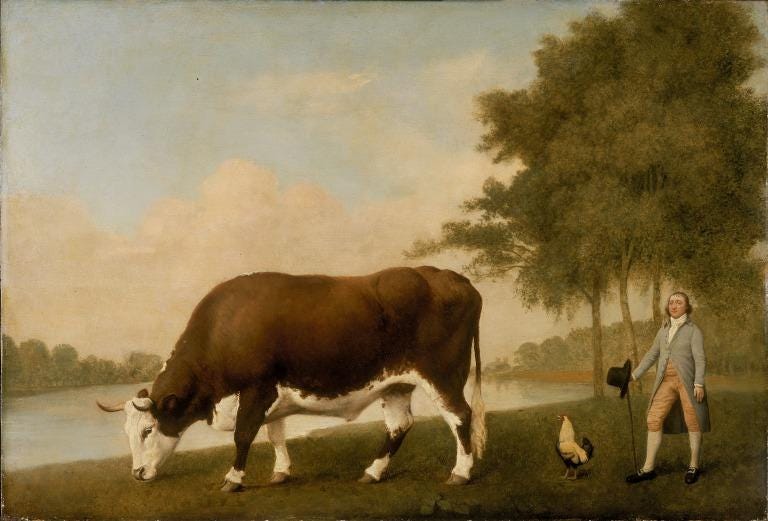Welcome to the second half of the year. How do I know it is the second half? Well, there are 52 weeks in a year and half of 52 is 26, which is the same number of letters in the alphabet. Last week, I completed writing an A-to-Z series on photographers, with a different surname each week.
I had little idea what to expect at the beginning of 2024, but look at all the photographers we have encountered: Diane Arbus, Bill Brandt, Robert Capa, Robert Doisneau, William Eggleston, Robert Frank, Nan Goldin, Philippe Halsman, Graciela Iturbide, Frances Benjamin Johnston, Chris Killip, David LaChapelle, Tisha Murtha, Helmut Newton, Paul Outerbridge, Martin Parr, Louis Quail, Man Ray, Sebastiao Salgado, Wolfgang Tillmans, Jerry Uelsmann, Roman Vishniac, Edward Weston, Zhang Xiao, Masao Yamamoto, and Jean Yuzheng Zhang.
This week, I want to take a break from photography and talk about … the alphabet. Read to the end to discover what is coming next on The Crop.
The Evolution of the Alphabet

This is a painting of a bull discovered in a cave in a remote jungle on the island of Borneo. It is one of the earliest figurative cave paintings and around 40,000 years old. For hunter-gatherers, such animals were a source of food, clothing, and weapons.
Here is another painting of a bull from Lascaux in France from 20,000 BC. It features four dots on the body, which may be a form of notation referring to the mating cycle of the animal.
Here is an ox, a castrated bull, rendered docile by its lack of testosterone. Cattle were one of the first animals to be domesticated.
This is an Egyptian hieroglyph of an ox. Over time, the picture-based writing system came to represent syllables.
This is the Sumerian cuneiform symbol for an ox. Cuneiform is one of the earliest forms of writing, arriving after the invention of clay pottery. It was mainly used for accounting.
This was abstracted into the Phoenician letter ʾālep, deriving from the sound of the word ox and was used across the Fertile Crescent, including in Hebrew and Aramaic.
Aleph was borrowed by Greeks and became alpha (Α), which itself forms the basis of Latin A and Cyrillic А.
Similar origin stories exist for other letters of the alphabet. When I think about language in this way the ground shifts beneath my feet. Every word I write seems like it was built on a foundation of sand.
Maybe written language is a temporary deviation from the norm? Perhaps Emoji and TikTok videos will take over. These technologies do make it feel like we’re heading for an Idiocracy-style future. Who knows how long we will continue to privilege written language over other forms of communication?1
The Alphabetical System of Organising Information
At the beginning of The Ongoing Moment, Geoff Dyer follows Michel Foucault in quoting the well-worn line from a Jorge Luis Borges essay that mentions a "certain Chinese encyclopedia" where animals are divided into:
(a) those that belong to the Emperor; (b) embalmed ones; (c) those that are trained; (d) suckling pigs; (e) mermaids; (f) fabulous ones; (g) stray dogs; (h) those that are included in this classification; (i) those that tremble as if they were mad; (j) innumerable ones; (k) those drawn with a very fine camel’s-hair brush; (l) et cetera; (m) those that have just broken the flower vase; (n) those that at distance resemble flies.
By comparison, the alphabetical system is boring. Nevertheless, it did introduce some randomness. In the absence of a well-known J, I was forced to learn about a 19th-century lesbian photographer; with the rare letters X, Y, and Z, I had to escape my occidental bias and head east.
The alphabet provided structure when I had no idea where to start. It is, however, not the only way.
Richard Saul Wurman is a remarkable man who not only set up the TED conference but coined the term Information Architecture. He also came up with an acronym, LATCH, to describe the five main ways of organizing information:
L (Location)
I could have chosen to organize photographers by country. My post on Masao Yamamoto inspired thoughts about the possibility of national perspectives.
A (Alphabetical)
This was my choice. I am, after all, an alphabeteer.
T (Time)
The obvious way of learning about the history of photography would have been chronologically.
C (Category)
A somewhat loose term that can encompass things like genre and format. I could have covered people by whether they work in landscape, street, documentary, or portrait photography. Or it could have been comparing digital to large format to 35mm.
H (Hierarchy)
What is most important or largest. For instance, the list of most popular posts is a hierarchy. We could also divide photographers into major and minor figures.
Which organisational system you use depends on the context.2 The alphabet has been a great way of getting started. Still, it isn't that useful for seeing photography as a whole.
So what comes next?
My plan is to spend the second half of the year looking at photographers in chronological order. Each week, I’ll select a decade in which an artist was active and write about their work. Photography is almost two hundred years old so there are plenty of decades to get through. Perhaps by going back to its origins, I can achieve a deeper understanding of the medium.
As well as writing this newsletter, I post a weekly photo journal and often wonder if my words are a distraction? Maybe it's better to let the pictures do the talking?
Some complain that LATCH doesn't cover all the ways we can use to organise information. We could, for instance, arrange it by tag (e.g. the hashtags people add to tweets), task (step one, step two, etc), audience type (e.g. teacher, student, applicant), numeric (e.g. data) format (video, article, photo), frequency (e.g. most references), distance (e, context (e.g. information for an emergency), or randomly.












Most informative 👍
I'm keen to avoid becoming unwitting prey in an idiocracy, especially when it comes to photos.
An awful lot of what is presented as canonical today, or 'celebrated' wildly because of the nature of the author of the picture, rather than the intrinsic value of the picture itself, seems very flimsy to me when it's shorn of ideological stabilisers. I am looking forward to your reading.
I live down the road from Lacock Abbey, where Fox Talbot worked, which is an unexpected but happy juncture in life.